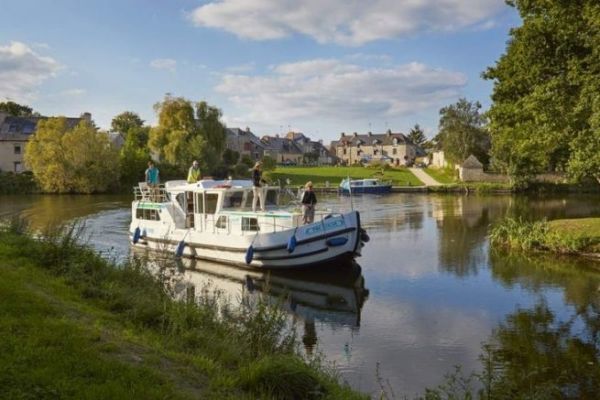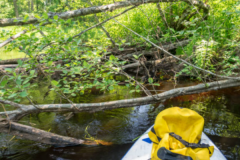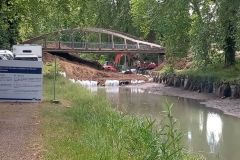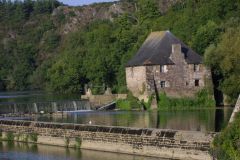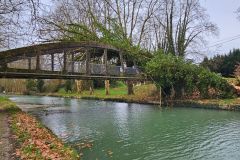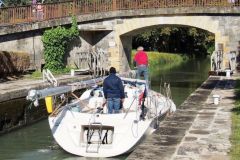VNF, Voie Navigable de France, has just published its new rates for the 2024 vignette. This vignette is compulsory when using inland waterways in France. This vignette, which must be visibly affixed to the windshield of your boat or to a porthole on the starboard side, is calculated on the basis of the type of package and the length of the boat, plus a lump sum.
There are 3 types of package: 1-day, 7-day, 30-day and Liberté (year-round). Please note that packages of several days must be consecutive days.
Increase compared with 2023

This year, the vignette rates have increased by a few euros. In 2023, for example, a 10 m boat paid ?310.60 for an annual pass. For 2024, it will have to pay ?322.20, an increase of 3.8%.
Another example: in 2023, a 20 m barge paid ?725.90; in 2024, it will cost ?752.70, an increase of 3.7%.
Please note that any order of the Liberté annual package before March 31 entitles you to a 10% discount. Compared with 2023, the discount has been reduced from 17% to 10%. VNF justifies this by explaining that " in view of the inflation requiring a revision of tolls, and to avoid passing on a significant increase to private pleasure craft, it was decided to reduce the amount of the discount granted for the purchase of an annual vignette before March 31 ".
Green boats in the spotlight
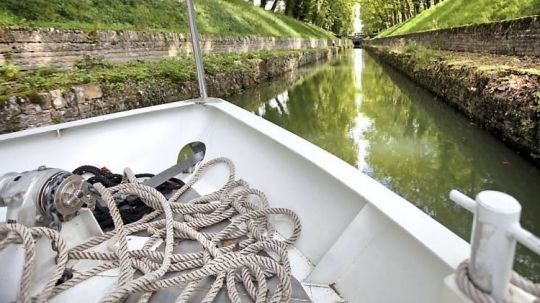
For 2024, a "green boat" fare appears for the first time. A 50% discount on the "Liberté" package is granted for "green boats" any boat with zero CO2 emissions (exhaust) or equipped with a hybrid or dual fuel engine drawing at least 50% of its energy from fuels with zero CO2 emissions (exhaust) or a rechargeable power supply for normal operation ". In addition, a 25% discount on the " using only Hydrotreated Vegetal Oil (HVO) as the boat's propulsion energy ".
Well done for encouraging clean sailing!
What are tolls for?
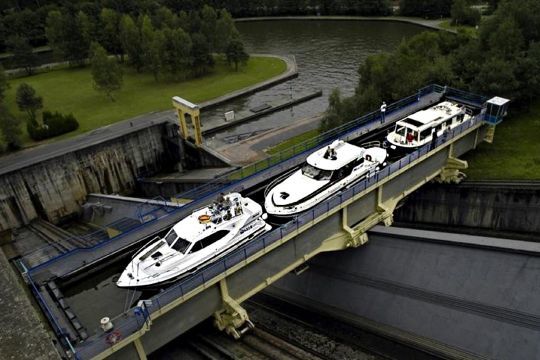
Tolls help finance VNF's various missions. These missions encompass infrastructure works such as the regeneration and restoration of dams and locks, as well as development projects such as reopening navigation and extending gauges. Modernization of operating methods, safety initiatives and environmental protection (e.g. replanting) are also covered.
Tolls, whether for freight transport or river tourism, account for around 2% of VNF's budget. These revenues are mainly allocated to improving the quality of services offered by the company.
More than half of VNF's resources are invested directly in the maintenance, modernization and development of the 6,700 km-long navigable network. In concrete terms, this means work on the classified dykes, locks and dams that regulate water levels nationwide.

 /
/ 